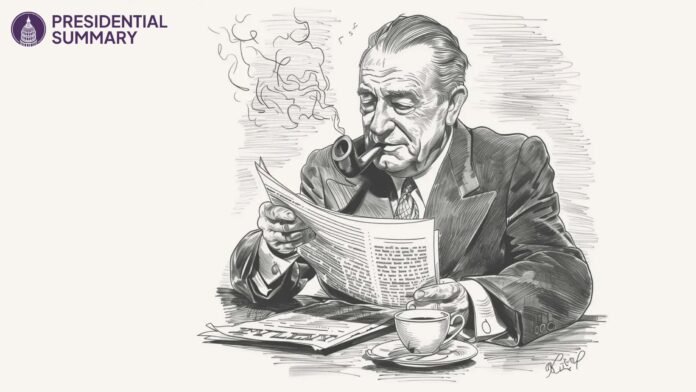Rediscovering Leadership Through the Lens of History
History is often treated as something static — locked in textbooks, taught in classrooms, or reserved for scholars. But in a world constantly grappling with leadership crises, shifting democracies, and political polarization, the past is more relevant than ever. Presidential Summary, a platform dedicated to distilling key insights from U.S. Presidential history, is transforming how we engage with leadership legacies.
More than just a chronology of American presidents, Presidential Summary is a bridge between past decisions and present-day reflections. Whether you’re a policymaker looking for historical analogies, a student preparing for an exam, or a citizen trying to decode modern governance, the platform offers bite-sized, deeply researched summaries that help you connect the dots between then and now.
The Power of Presidential Decisions — Explained Simply
From the moral fortitude of Abraham Lincoln to the economic reforms of Franklin D. Roosevelt, from the Cold War strategy of JFK to the social media diplomacy of Barack Obama — the U.S. Presidency has evolved, shaped by circumstances and personalities alike. Yet, beneath the surface of policies and speeches lies a consistent thread: leadership under pressure.
Presidential Summary doesn’t just outline what happened during each administration. It analyzes the why, helping readers understand the decisions made, the motivations behind them, and their long-term consequences. It explores how Truman’s decision to drop the atomic bomb wasn’t just a military call but a geopolitical one. It unpacks how Reagan’s communication style reshaped presidential rhetoric, or how Obama’s grassroots campaign strategy set a new precedent for political engagement.
These are not just facts — they are case studies in leadership, diplomacy, and governance, brought to life in a language that’s accessible yet intellectually engaging.
Learning for the Curious and the Critical Thinkers
What sets Presidential Summary apart is its adaptability to various audiences. The platform has been thoughtfully designed to cater to:
- Students and educators: who want concise, accurate, and curriculum-aligned resources to make U.S. history more approachable.
- Journalists and analysts: seeking historical context for current events and policies.
- Aspiring leaders and entrepreneurs: looking to draw leadership insights from real-life political scenarios.
- Everyday readers: who want to stay informed, but don’t have time for 700-page biographies.
Each summary is curated to reflect not just timelines and legislation, but values, dilemmas, and impact — what makes each presidency unique and worth studying.
A Digital Companion to the Lessons of Democracy
At a time when civic education is under stress and misinformation spreads faster than facts, Presidential Summary serves a higher purpose: it strengthens democratic awareness. By offering a fact-based, non-partisan view of U.S. Presidential history, it helps citizens become better informed about the political systems they are part of.
The platform encourages readers to think critically. Why did President Nixon resign, and what does that teach us about accountability? How did Roosevelt’s New Deal redefine the role of government? How did Bush and Obama’s responses to crises differ — and what can today’s leaders learn from them?
These questions aren’t rhetorical — they are essential to civic participation. And Presidential Summary makes them accessible, one article at a time.
A Mission-Driven Vision With Modern Execution
Presidential Summary isn’t just a history site — it’s a mission-driven project. Its goal is to reignite public interest in U.S. political history by presenting it in a modern, digestible format that caters to digital consumption habits.
With mobile-optimized layouts, searchable content, smart categorization, and a visually clean user experience, the platform is built for today’s reader — who wants depth but also convenience.
Looking ahead, the team behind Presidential Summary aims to expand into multimedia, including podcasts, interactive timelines, and downloadable teaching resources — ensuring that historical knowledge reaches every corner of society, from classrooms to boardrooms.








